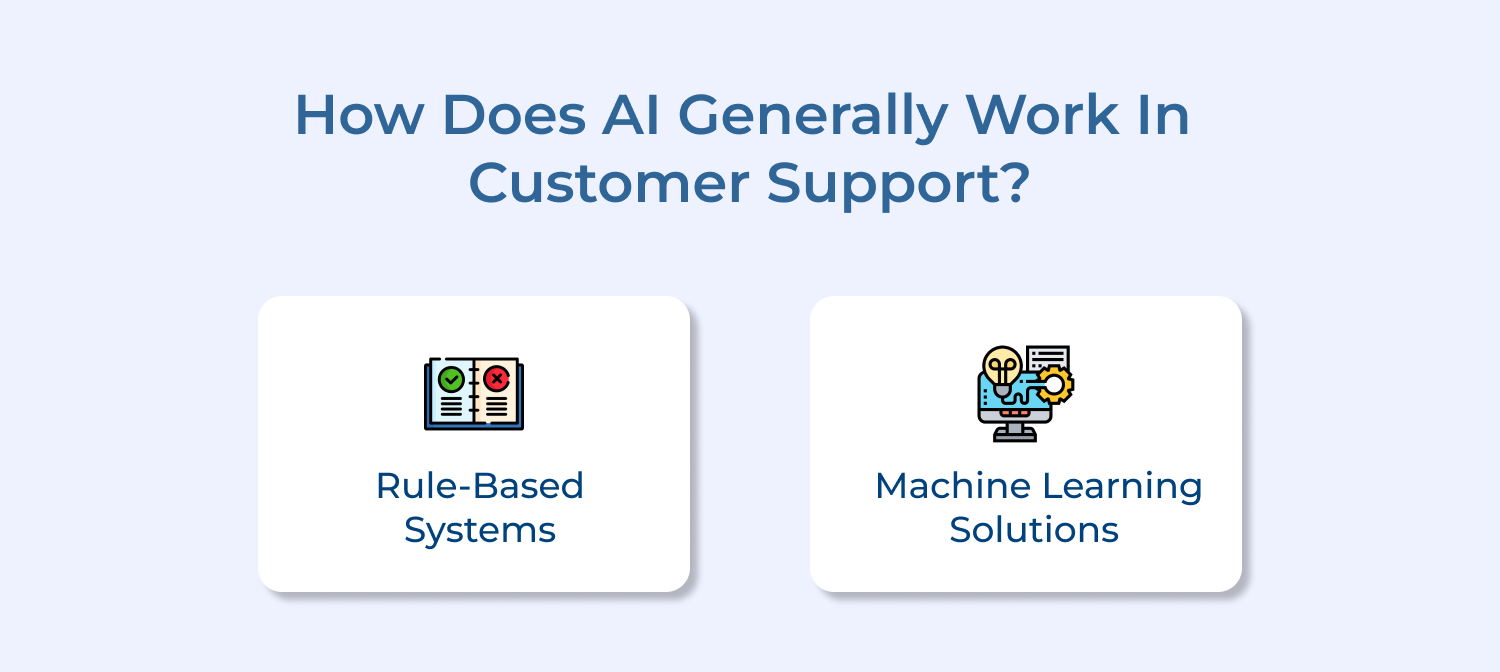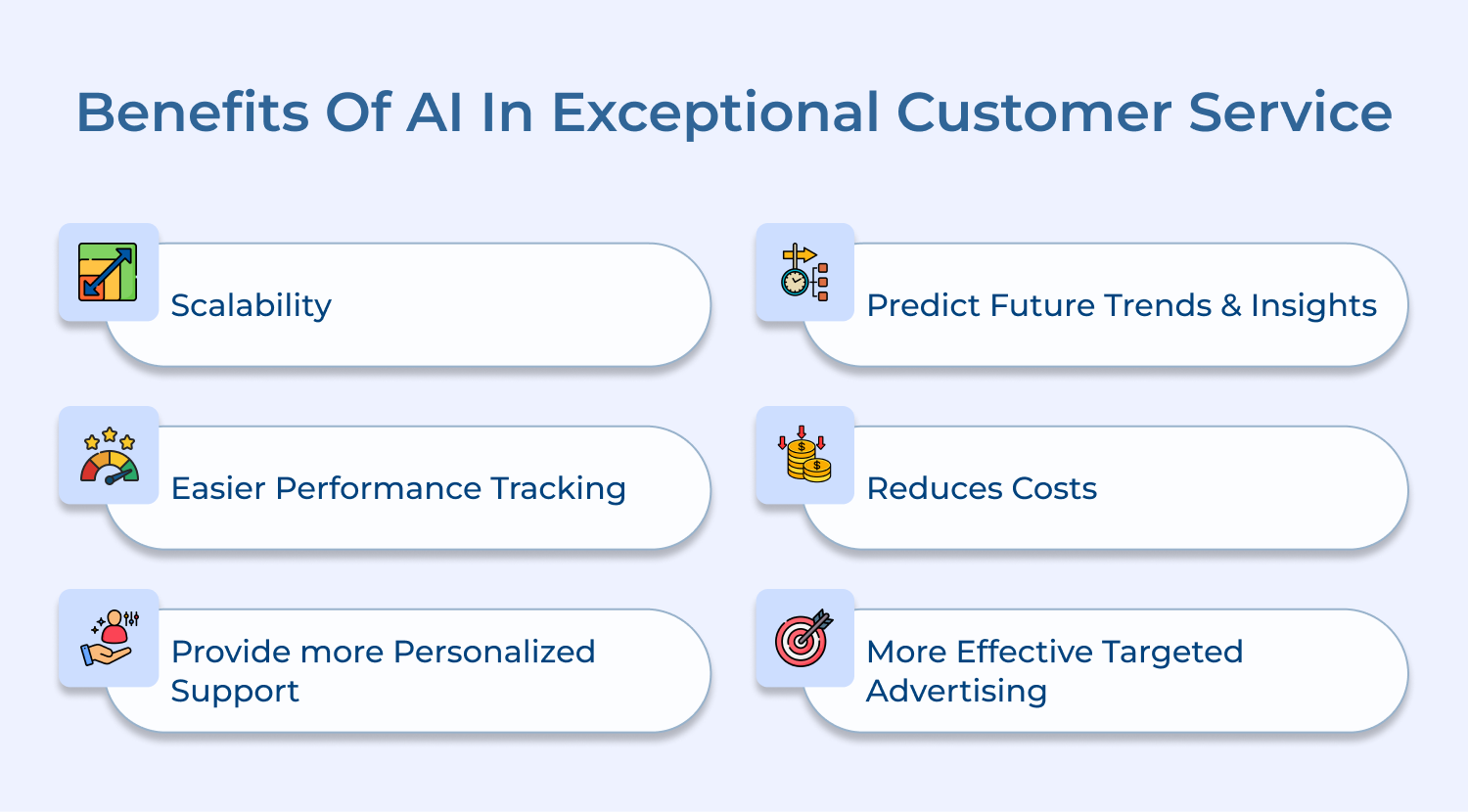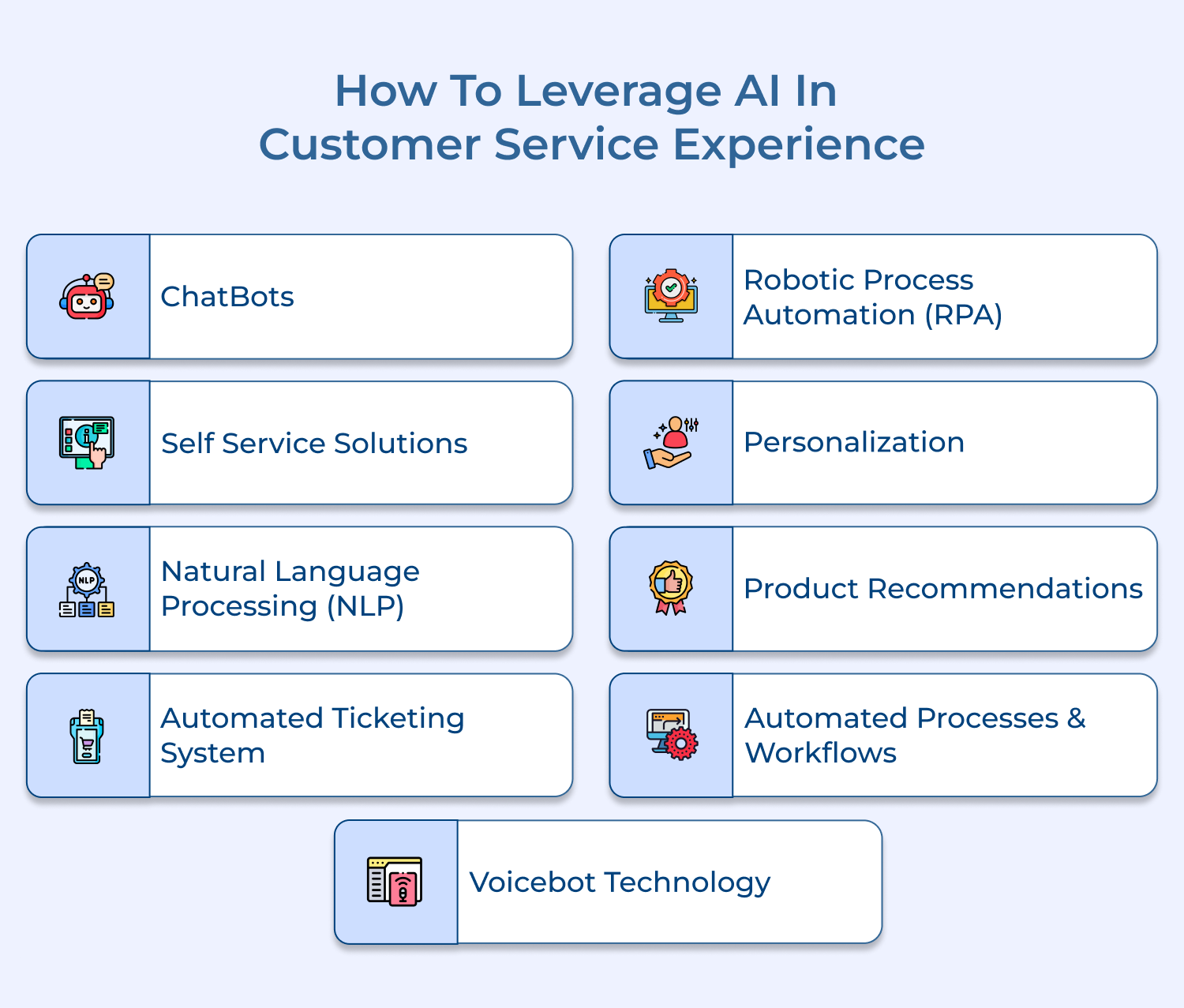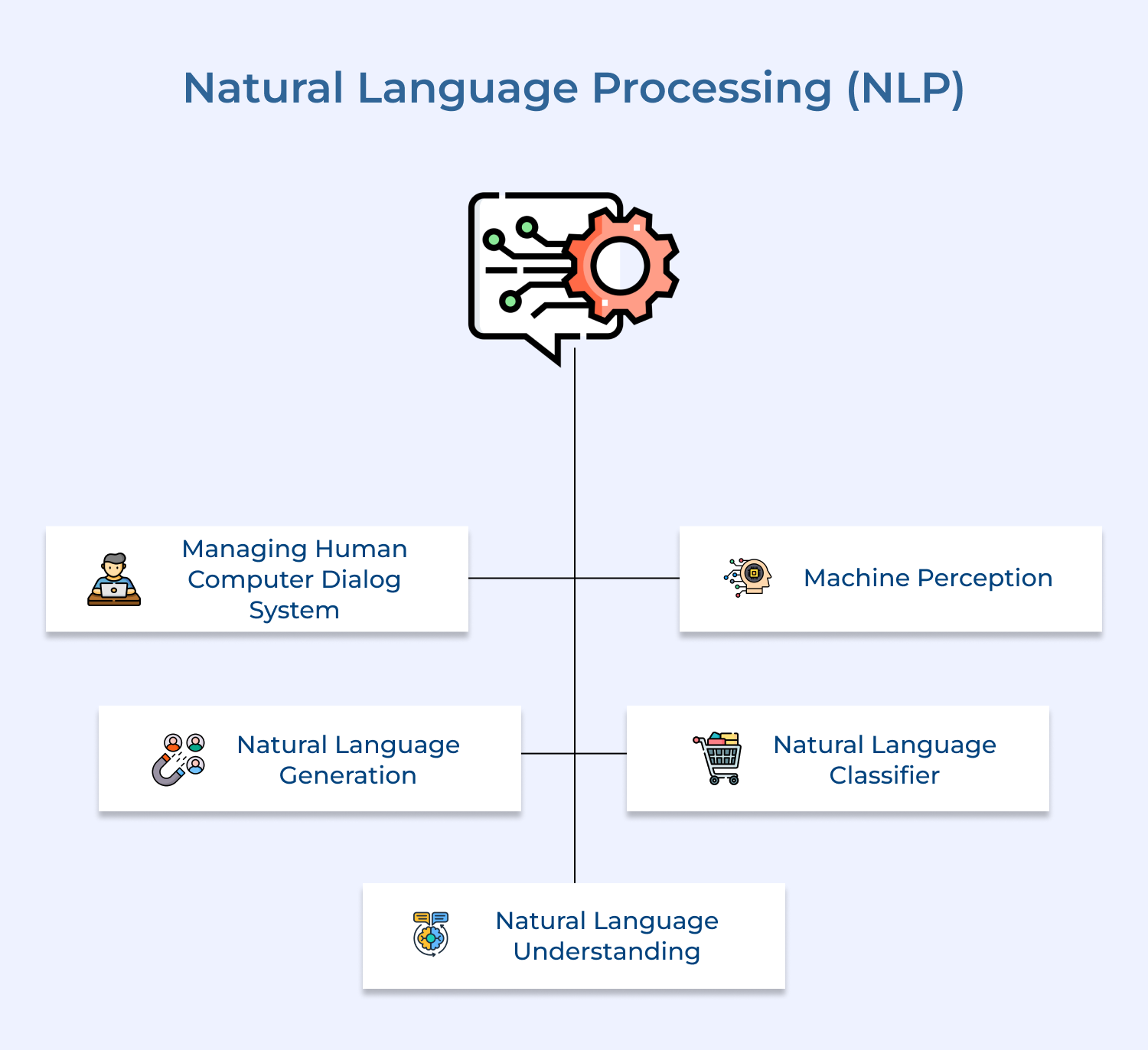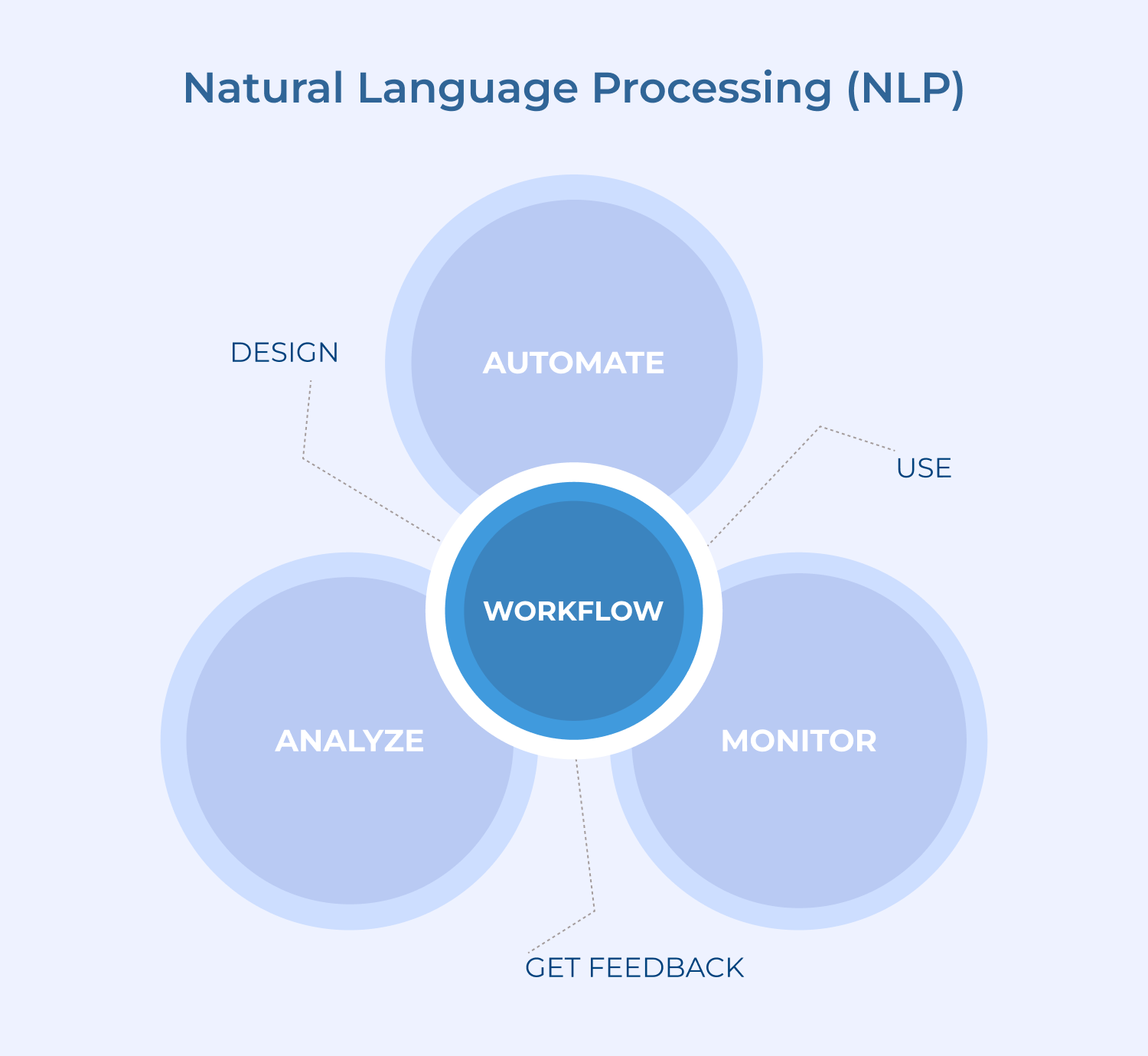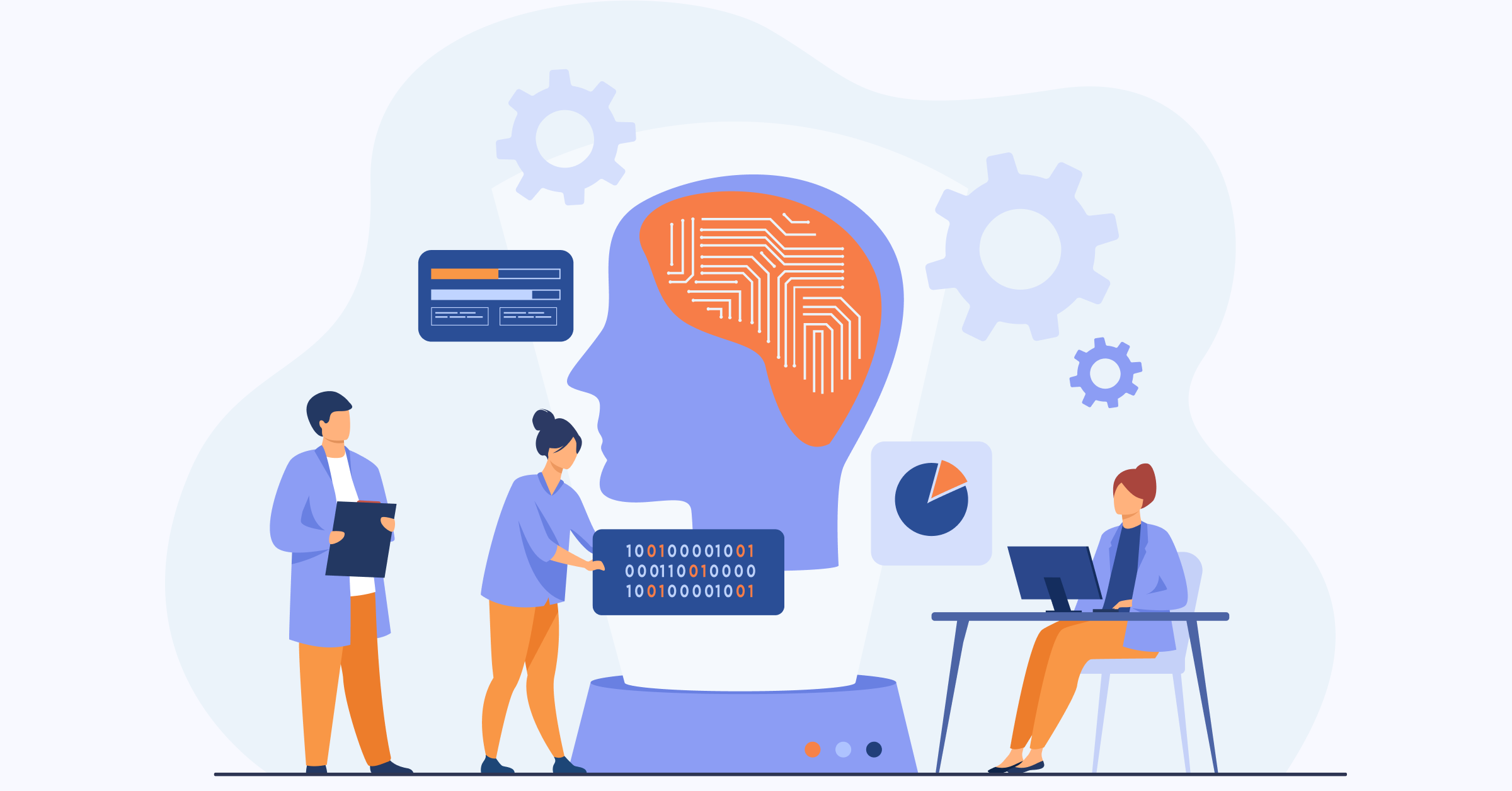Key features:
- Self-Service options: Automated processes can empower customers to find answers to their questions or solve their issues independently, reducing the need for agent involvement. Self-service options, such as interactive FAQs, knowledge bases, or chatbots, can provide instant information to customers 24/7. It improves customer satisfaction and reduces support costs as well as agent workload.
- Workflow automation: It involves automating repetitive and manual tasks that agents typically perform throughout the customer service process. By eliminating these mundane tasks, agents can focus on more value-added activities, such as resolving complex customer issues or providing personalized support.
9. Voicebot Technology
Voicebot technology has become increasingly popular in recent years due to its ability to automate conversations with customers using natural language processing (NLP) technologies like speech recognition and text-to-speech conversion capabilities. Technology ensures customers can speak directly with an automated system and get answers within seconds instead of waiting for service representatives to find a solution.
Here are some key features:
- Natural language processing (NLP): Voicebots utilize NLP technology to understand and interpret human speech. It allows customers to interact with the voicebot using conversational language, mimicking a real conversation. NLP algorithms can understand the context, intent, and sentiment behind customer queries, enabling more relevant responses.
- Self-service capabilities: Voicebots can handle a wide range of customer inquiries and provide instant responses to any common question. Voice bots can assist with tasks like order tracking, product information, or frequently asked questions. It reduces the need for human intervention and speeds up the resolution of simple inquiries.
- Seamless escalation to human agents: While voicebots can handle many customer inquiries, there will always be situations that require human intelligence. A key feature of voicebot technology is the ability to seamlessly escalate complex or sensitive issues to human agents.
Real Time Examples of AI Powered Customer Support
AI is transforming the way businesses interact with their customers. Let’s take a look at some real-world examples of how AI is being leveraged in customer support:
1. Chatbots
Bank of America’s virtual assistant, Erica, uses AI to answer customers’ questions and provide financial guidance. Erica uses natural language processing to understand customers’ queries as well as provides relevant information or assistance.
2. Virtual Assistants
They can provide detailed product information, process orders and even troubleshoot technical issues.
Apple’s Siri is a prime example of a virtual assistant. It can perform tasks like setting reminders, sending messages, or making phone calls. Siri uses AI algorithms to understand user commands and provide accurate responses.
3. Sentiment Analysis
Sentiment analysis helps companies identify customer satisfaction levels, common pain points, or areas for improvement.
Airbnb uses sentiment analysis to understand guests’ experiences and improve their support processes. By analyzing customer reviews, they can identify common issues and take proactive measures to address them.
4. Predictive Analytics
AI algorithms can analyze vast amounts of customer data and predict future behaviors or needs. Amazon leverages predictive analytics to recommend products based on customer preferences and behavior.
Amazon’s recommendation engine suggests relevant products to customers, improving their overall shopping experience by analyzing purchase history and browsing habits.
5. Speech Recognition
AI-powered speech recognition technology enables companies to automate call center operations. It can transcribe and analyze phone conversations in real-time, providing valuable insights to improve customer interactions.
Insurance companies like Progressive use speech recognition AI to monitor customer calls. By analyzing the tone, keywords and conversation flow, they can provide feedback to agents as well as identify areas for improvement in their customer support processes.
AI-Driven Support: A Key to Staying Competitive in the Digital Age
In the digital age, remaining competitive requires embracing AI-driven support. Customers expect immediate, personalized service, and AI enables businesses to meet these demands with 24/7 assistance, streamlined processes, and insightful data analytics.
Automating routine tasks reduces operational costs, while AI-powered solutions enhance service speed and accuracy. As the demand for faster, more efficient service increases, businesses that implement AI will maintain a competitive edge and continue to meet evolving customer expectations.
